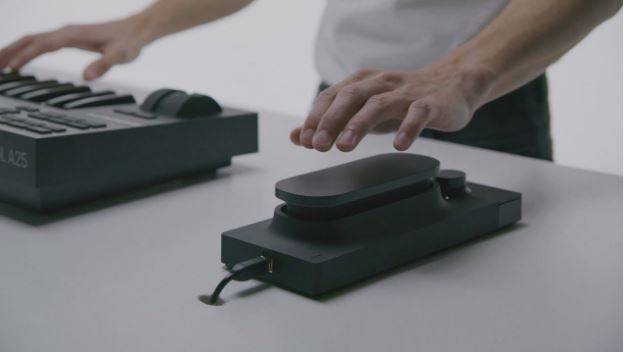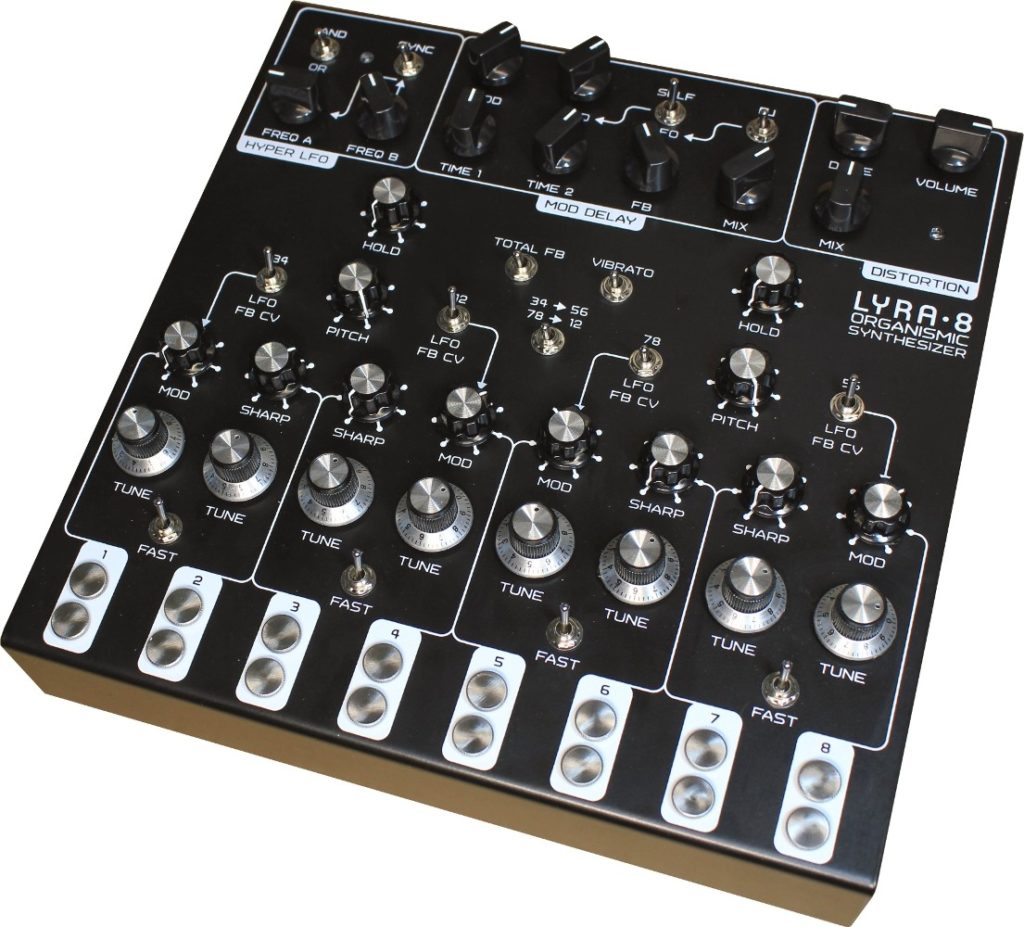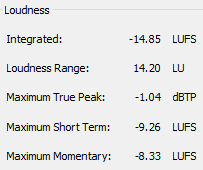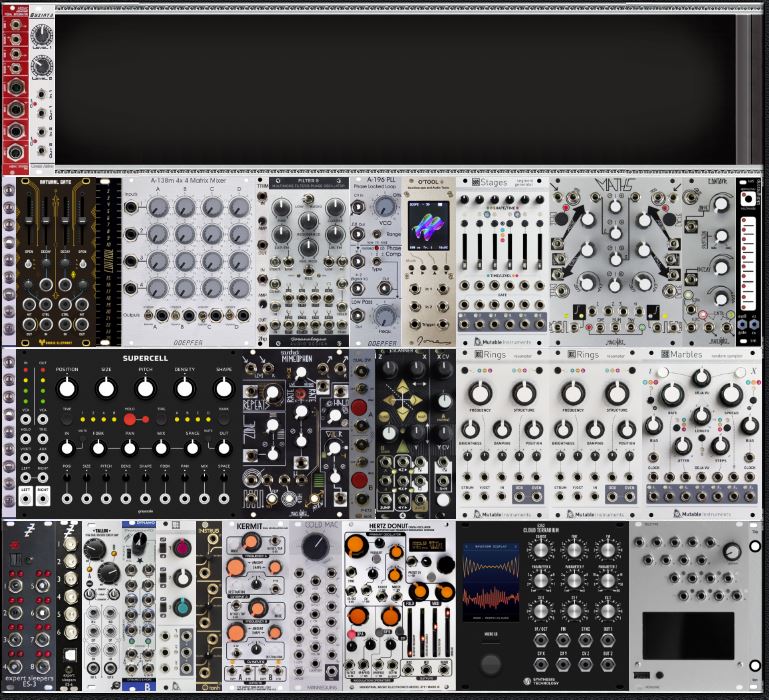I’ve passed the 1 hour mark for the Lyra album, but I’m going to edit the 12-minute improv I recorded last night and add one more piece, I think.
I’ve found that my UMC1820 audio interface gets hotter than I would like. The front panel hit 99.7°F at one point last night — even with a fan trying to exhaust air from the back of the case — which implies the electronics inside might be above where they should be in the long term. (For a PC CPU, the general rule is the core should be below 40°C (104°F) when idling; I can only guess that’s roughly true for some of the parts in the interface.)
My old interface ran cool, but the new one crams more electronics into a housing half the size. There’s no ventilation in the rack case I’ve got it in, so I guess I’ll be switching to a 3U rack, possibly 4U. First I need to figure out whether to go for 6″ or 9″ deep (depending on how much platform I need for the 3DWaves stand that’s on the way & the laptop stand behind it), and where to arrange the gaps and any fans/blowers etc. (depending on temperature measurements of the top and bottom of the interface after it’s been running in the box for a while).
3 years ago I was making music experimentally with no particular focus, and I acquired my first Eurorack modules to explore “sounds I can’t make with software,” on the theory they were going to provide an extra voice to accompany my MIDI piano-roll sequences and software synths.
Now what I have is an instrument/system attuned to the music I make and the way I like to make it, rather than the other way around. The last waves of changes really brought it together: intentional focus, hardware/software unification, and hands-on expressive performance. I’m not just fascinated by it, as I have been by a lot of synth gear — but genuinely satisfied. I expect to make very few gear changes in 2020, and will be writing that into my goals for the year.
Here’s what I do have planned:
- I pre-ordered the SynthTech E520. The Resampling Delay sounds pretty fantastic to me (based on E580 demos), with the character that was the one thing I really liked about Mannequins W/ but a full-featured, sane interface. While the Spectral Crusher does have some overlap with software, it’s got a few other tricks; the Peak Hold sounds a lot better than the one from my own FFT experiments and everything can be modulated in real time, whereas my code barely even runs in real time. That should be shipping next May.
- Akemie’s Castle. I’m gonna get one. I just really like that crusty character of the old FM chips, and the drone/chord potential is strong even without freely tuneable FM operators.
- Sequential DSM03 Feedback. I’ve got a winning bid on one in the charity auction, but I won’t raise if someone outbids me.
- Small gaps: probably going to arcade buttons.
- Possible displacement: I may find that with Castle I don’t also need Donut. Or that Supercell, Mimeophon, E520, and (possibly) DSM03 is overkill. Or that I’d rather have one Rings and the DSM03 than two Rings. Or that with Castle, my power supply can’t keep up with the -12V requirements and something else has to give. I’m not particularly “looking to get rid of” anything here, but acknowledge that it’s possible.
Other than that, I expect to say “that sounds nice but I don’t need it” a lot in 2020.





